As Kermit sings, “It’s not easy being green.” Especially if you’re involved in the printing or paper industry.

We all like white paper. It’s easier to read and easier to print on. But paper isn’t naturally white. To make paper white requires bleaching. White, good; bleaching—using chlorine, bad.
I was initially confused by the alphabet soup of claims for chlorine free paper products. After some research I discovered the order of preference (environmentally speaking) for the various paper bleaching processes.
Again, this does not take into account other environmental considerations
such as energy usage or carbon footprint.
[Kermit is a trademark of The Muppets
Studio, LLC, a wholly owned subsidiary
of The Walt Disney Company.]
Best: Processed Chlorine Free Recycled papers are typically processed chlorine free (PCF), which means that no chlorine or chlorine derivatives were
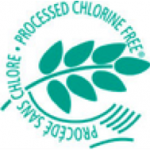 in the recycling process, but that papers which were originally bleached with chlorine or chlorine derivatives may have been used as feedstock.
in the recycling process, but that papers which were originally bleached with chlorine or chlorine derivatives may have been used as feedstock.
PCF paper contains recycled content produced without elemental chlorine or chlorine derivatives, although one or more fiber components may have originally been bleached with chlorine or chlorine derivatives.
PCF is preferable to totally chlorine free (TCF) because it includes recycled content. Virgin pulp is TCF.
Most environmental groups, such as the National Resources Defense Council consider Processed Chlorine Free to be the most preferable.
Totally Chlorine Free
Totally chlorine free (TCF) uses no chlorine compounds for the bleaching of wood pulp for paper production. This
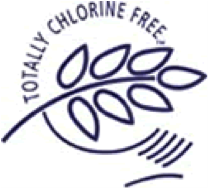 prevents the formation of dioxins, highly carcinogenic pollutants.
prevents the formation of dioxins, highly carcinogenic pollutants.
TCF papers are much more environmentally preferable than elemental chlorine free papers because chlorine derivatives—while less harmful to the environment than elemental chlorine—still produce toxic chlorinated organic compounds, including chloroform, another known carcinogen. These compounds are released into waterways as effluent from the bleaching process, where they produce environmental damage.
Virgin paper is produced without chlorine or chlorine derivatives (the bleaching process uses oxygen-based compounds).
Products using the PCF or TCF labels are certified by the Chlorine Free Products Association, an independent not-for-profit accreditation and standard setting organization.
Elemental Chlorine Free
Next down the list comes the family of elemental chlorine free (ECF) processes. Elemental chlorine free means chlorine compounds are used, rather than chlorine gas.
Enhanced elemental chlorine free (EECF) removes more of the lignin from the wood before bleaching, resulting in the need for less bleach. Compared to traditional ECF, EECF saves more energy, improves the quality and reduces the quantity of mill wastewater.
There are some alternatives to using bleach:
Enhanced ECF with ozone or hydrogen peroxide substitutes ozone or hydrogen peroxide for chlorine or chlorine dioxides as a brightening agent in the initial stages of the bleaching process (the final or near-final stage uses chlorine dioxide).
Enhanced ECF with extended or oxygen delignification removes more of the lignin from the wood before bleaching, thus reducing energy and chemical use during bleaching (the final stage uses chlorine dioxide).
Elemental chlorine-free (ECF) replaces elemental chlorine with chlorine dioxide in the bleaching process. This next-to-the-last choice is still preferable to any process that uses pure chlorine.
Worst: Elemental Chlorine
The least preferred bleaching method is pure elemental chlorine, which was phased out in the U.S. in 2001.
So, if you’re concerned about chlorine, look for the PCF or TCF logos.
–BR


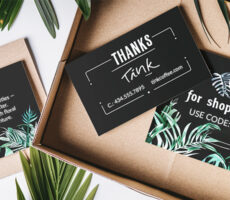
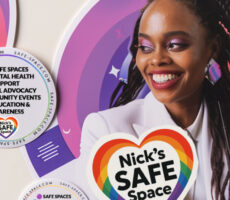
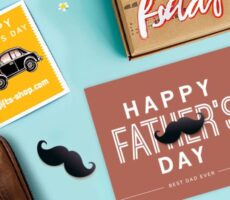

1 Comments
[…] impact in a number of ways. • Use paper from trees harvested from sustainable forests. • Use chlorine free paper. • Use paper with recycled content. • Recycle used paper. • Reduce or eliminate VOCs […]